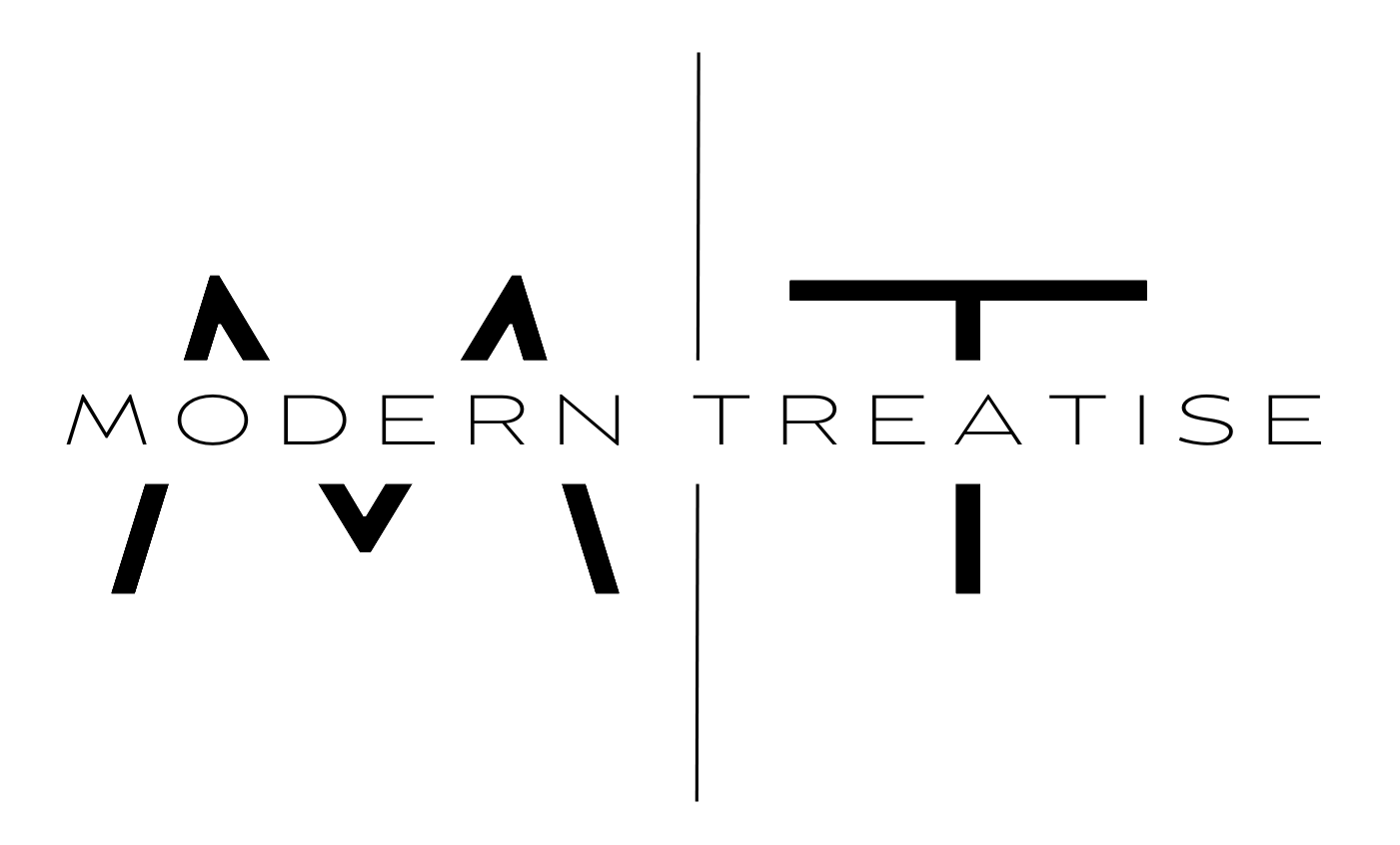Far East: The French Navy Pulling Up In Singapore Is Not Just A Show Of Strength. It’s Also A Warning To China.
the charles de gaulle docking in singapore, photo from the straits time: kevin lim
Singapore, March 4th, as the French navy docks the Charles de Gaulle, the French aircraft carrier which is a part of the larger Groupe AéroNaval (GAN), the awes and welcomes speaks for itself: the strike group is huge and shows the French Navy at its full might and glory.
The strike group is a part of Mission CLEMENCEAU 25 which seeks to demonstrate the might of French naval power. Along with the nuclear-powered aircraft carrier Charles de Gaulle, the group also consists of the Horizon-class defence destroyer FS Forbin and the FS Alsace frigate as well as the fleet replenishment oilers and to man the fleet, over 1,800 sailors keep the look over the carrier’s 24/7 operations.
This mission, the CLEMENCEAU 25, is the five-month-long deployment from Toulon, France, as an effort to enhance interoperability with France’s partners and allies while also showing the GAN at its full capabilities with the key exercises including in the Mediterranean, the Red Sea, the Indian Ocean with the Indian Navy, through the Malacca Strait and onward to the Western Pacific Ocean where it will be joined with the Japanese Defence Force and the U.S. Navy.
the itinerary of clemenceau 25
However, this time—unlike previous missions—the political context is markedly different. With the South China Sea conflict at levels never seen before after World War II and the heightened conflict between China and U.S. which looms over the Southeast Asian region, this deployment is carefully designed to not only make a statement of affirmation to Southeast Asian nations but also a strong warning to China: France, a major NATO nation, is keeping an eye on you.
France’s Connection to Southeast Asia and the South China Sea
France was among the first Western powers to establish official diplomatic relations with a Southeast Asian nation, with French missionaries arriving in Siam as early as 1662. In 1686, Siamese diplomats were received at the court of King Louis XIV in Versailles. As the age of colonialism began, France conquered the present-day Laos, Cambodia, and Vietnam, collectively known as French Indochina, and quickly established valuable trade routes in the South China Sea, exporting minerals, teas, and spices globally.
Despite the colony’s independence in 1954, France has maintained a favorable relationship in the region as it seeks to expand its international trade endeavors with France becoming the first European Union nation to accede to the Treaty of Amity and Cooperation in Southeast Asia in 2007. Today, France is the major economic investor in Southeast Asia. Singapore, for example, has maintained the bilateral trade in goods and services worth over $30 billion in 2023.
Moreover, peace and security as well as the freedom of maritime navigation is highlighted in France’s national interest and its diplomatic missions globally. France, technically, is an Indo-Pacific nation with over seven of its total of thirteen overseas departments and regions located in the Indian and Pacific Oceans. These departments and regions together account for over 1.65 million French citizens along with 93% of its exclusive economic zone or the EEZ. Southeast Asia serves as the gateway to its departments in the South Pacific and maintaining the freedom of maritime navigation here means preserving its sovereignty over the overseas departments.
French Ambassador to Singapore Stephen Marchisio on the charles de gaulle
Therefore, to preserve its economic and security interests, missions such as the CLEMENCEAU 25 have been carried out consecutively in the past decade in order to deepen the cooperation with regional partners and show France’s commitment to preserving the common good and access to common space as well as “promoting respect for international law” as mentioned by the French Embassy in Singapore on February 17th.
China’s Response
The statement issued by the French embassy in Singapore, however, does not end there. The embassy has also mentioned in its statement “(in) opposition to any coercive action”, which many assert as being a direct warning to China which has claimed the vast South China Sea under its disputed Nine-Dash Line.
china’s nine dash line
Last year, the French Navy conducted a similar exercise with the U.S. and Philippines Navy which drew criticism from China, saying that the Philippines was “ganging up” with its Western allies which could draw confrontation and effectively undermine regional stability. France responded that its exercise in the region is justified under its commitment to regional security and maritime cooperation in the Indo-Pacific region.
Tensions escalated further in February 2025, just two weeks before the GAN’s arrival in the Philippines, when an Australian surveillance aircraft was aggressively intercepted—flared at a distance of just 30 meters—by a Chinese fighter jet over the South China Sea. As the Australian authorities condemned the Chinese fighter jet as being “unsafe and unprofessional”, China has accused the Royal Australian Air Force of intruding over its disputed Paracel Islands and that its actions were “legitimate, lawful, professional, and restrained.”
Chinese Foreign Ministry Spokesperson Mao Ning via REUTERS/Thomas Peter
Despite the fact that CLEMENCEAU 25 has no planned itinerary into the South China Sea, it is still expected to draw criticism from Beijing, as it is set to conduct joint exercises with both Philippine and Australian forces in two key operations: Lapérouse in the eastern Indian Ocean and Pacific Steller in the western Pacific.
Regardless, as the CLEMENCEAU 25 continues its exercises beyond Singapore and into the Pacific, the message is clear; France is committed to protecting and enforcing international law and cooperation in order to preserve its interest within the region and should anyone engage in “coercive action”, they will have to face France, a major NATO nation, along with its western allies.





